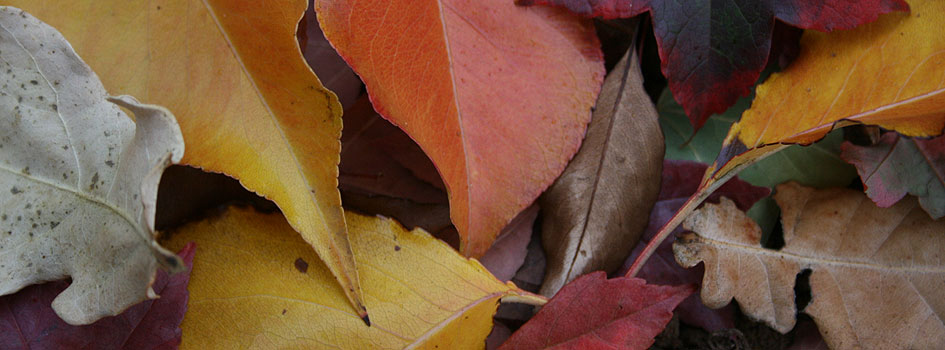Weeping Trees / Standard Trees Listing
This list describes the weeping trees that we generally grow in our bare root nursery. Due to vagaries of production and demand however not all of the trees listed here will be available every year.
For the current list of trees available for the coming winter please go to the 'Price List'. This is updated in March or April each year.
For more information about bareroot trees please see the 'About Bareroot Trees' page.
Please enquire if the tree you are looking for is not listed - we may be able to help.
Weeping Mulberry
Morus Alba ‘Pendula’
Up to 4m.* A grafted classic this tree is a garden staple. Relatively fast growing it creates a waterfall of lush green leaves and pendulous branching that becomes gnarled and twisted as it matures. Very versatile and tough it can handle most soil conditions and is particularly good in coastal environments. Requiring water for its establishment it then becomes quite drought hardy. It has very strong surface roots so it shouldn’t be planted too close to pavement or lawns. Produces some fruit and is foliage is the silkworm’s favourite.Weeping Pagoda Tree
Sophora japonica ‘Pendula’
Up to 5m.* A picturesque grafted weeping tree with a gnarled trunk and stiff pendulous branching. Lush green cascading foliage is its main attribute as it seldom flowers. Moderately fast yet very long lived the tree gets more twisted and sculptural with age. Tolerant of any free draining soil it withstands most urban pollutions and conditions including heat and dryness once established. With its non invasive roots it’s definitely a living sculpture or natural arbour that stands out in any landscape and the perfect place to retreat to on a hot summer’s day.Mop Top Robinia
Robinia pseudoacacia umbraculifera
5 x 6m.* A tough compact tree with a neat and rounded lollipop shape. The Moptop Robinia’s thick, lush jade-green foliage throws a surprisingly deep shade for a tree of small stature. Perfect for tight spaces like courtyards and urban environments, it can be used repetitively for great formal effect, or as feature tree. Although it prefers well-drained soils it is very resilient to most soil types, compaction, pollution and coastal environments. It also is drought hardy once established. Its only downfall is its tendency to sucker; being a grafted tree it can throw thorny suckers if the roots are disturbed. This can be minimised with correct placement: keep it away from garden beds which need to be dug over; rather plant it in a lawned-area so that any suckers that may occur are removed by mowing. Responds well to pruning and can be hedged or clipped if desired.

Tree Nursery Tree Consultancy
Postal Address: PO Box 21 Balingup Western Australia 6253
Telephone/Fax: 08 9764 1113
Email: Contact









